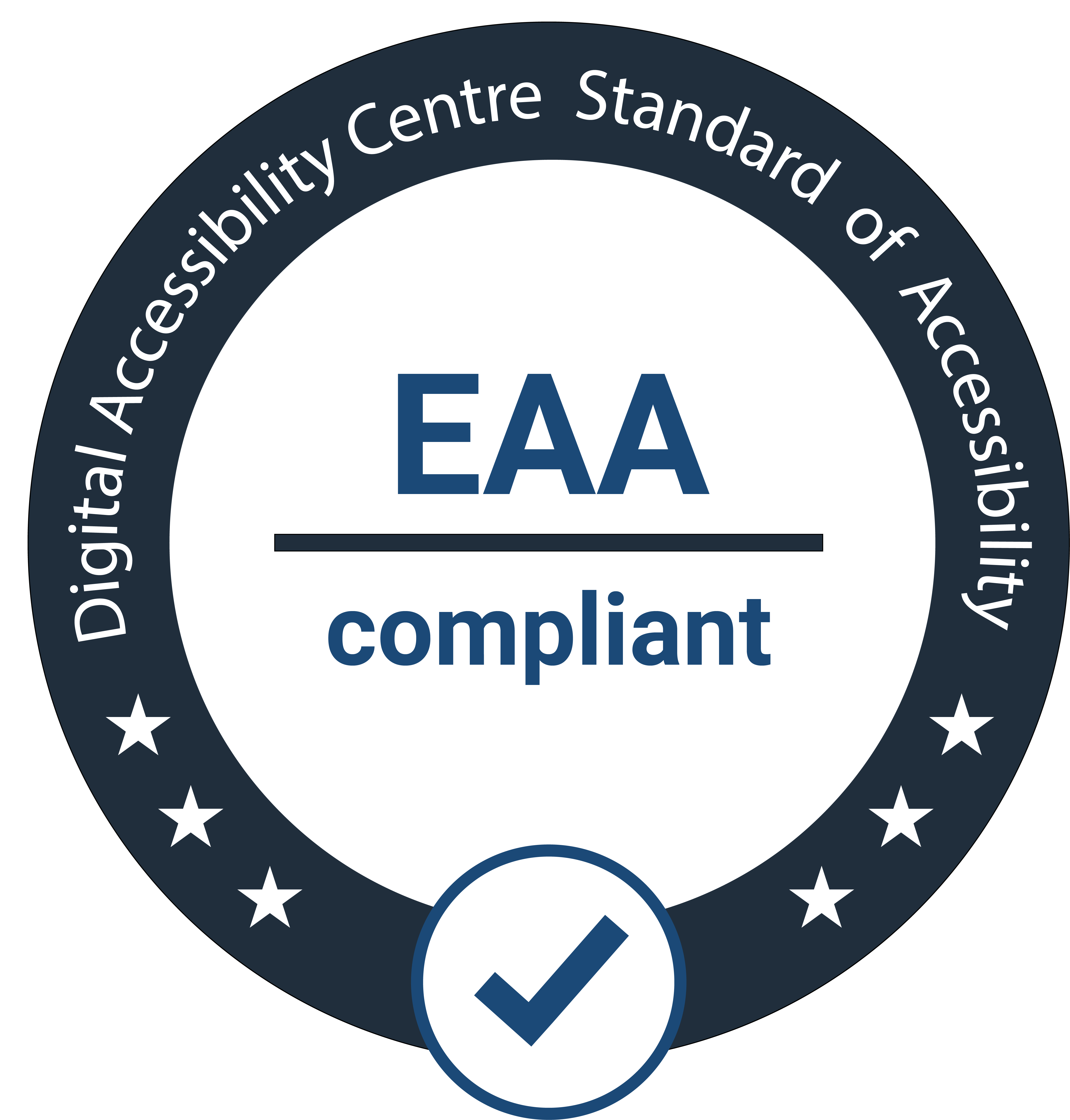Audiovisual media and television requirements in the EAA
This is an adapted extract from the articles The European Accessibility Act: Understanding Digital Accessibility and How to use the EN 301 549 standard. This extract focuses on audiovisual software and hardware.
The Audiovisual Media Services Directive defines audiovisual media services as television broadcasts, on-demand television and streaming media, and audiovisual commercial communication such as advertising. Information and communications technologies that support audio or visual content must support accessible visual and auditory output under the European Accessibility Act. This includes hardware such as desktop computers, mobile phones, tablets, etc. It also includes the software applications running on them that present audiovisual content, such as streaming apps and digital television apps.
When not enabled by default, users must be able to activate accessibility features – via a process that is not more difficult than other controls, and without any accessibility features already having been activated. Services that provide electronic programme guides must ensure that those provide information about accessibility features of the content and are themselves accessible.

Users must be able to adjust the display characteristics of captions to increase readability, such as with text and background colour, size, borders, etc. This may include text colour, box colour, opacity, size, typeface, etc. The size of subtitles should be scalable up to a viewing angle of 0.7°. A viewing angle of 0.7° corresponds to a font size of 20 pt on a phone, 35 pt on a desktop display, and 175 pt (60 mm) on a television viewed from a distance of 3.5 metres. See the article Using cap height and distance to calculate font size for more information. Ensure that changes to subtitle display do not result in them obscuring content. It may be appropriate to offer users a few known values rather than an indefinite range that could create unexpected display issues.
Dynamic content such as videos require alternative content that conveys information from the video over time. Prerecorded video must provide an alternative in the form of either a text description or an audio track, with timing information. When included as part of multimedia content, audio alternatives must specifically be provided in the form of subtitles synchronised to the video. An audio alternative should also include timing information and is best presented in the form of a synchronised audio track that can be accessed as the video plays. In some cases, “extended audio descriptions” are recommended, in which pauses are introduced in the video playback in order to leave time for more audio information.
All devices and apps must preserve accessibility information during conversion of formats and during transmission. Two-way video services must preserve captions and audio descriptions that are available in the source. When assistive technology is connected to the audiovisual device, this content must also be passed on to the AT.
Quality of video is important to visual perceivability. Low resolution videos are harder to identify objects, and low frame rate can interfere with recognition. The standard specifies that video should support at least 240 by 320 pixels (px), preferably at least 640 px by 480 px (QVGA and VGA resolution, respectively). It also requires that frame rate be at least 20 frames per second (fps), preferably at least 30 fps. Most modern video formats and tools meet or exceed these standards, but it is important to verify. For audio quality, two-way voice services must ensure the audio has a bandwidth of at least 7,000 hertz (Hz) to capture speech with sufficient fidelity.
Applications running on these televisions must meet the requirements. Applications that provide Electronic Programme Guides (EPGs) must make these accessible as well. For features where the television does not provide accessibility services, the apps must follow “closed functionality” requirements for that feature. Television manufacturers may also provide native accessibility services, such as subtitle display preferences, audio and text language preferences, visual and audio enhancement features, voice input, etc., which would improve the user and app development experiences.



